Russian fans of extreme freeride and backcountry made an introductory video about Karakol and...

Dear residents and guests of the city of Karakol, the "VisitKarakol" project, in...

Over 20 km of trails can satisfy both experienced skiers and those conquering mountain slopes for...
The dance team "Tumar KR" brilliantly passed the casting on the TNT channel, which took...
The ski resort "Karakol" is located in a gorge, at an altitude of 2300 meters above sea...

The city of Nookat is located in Kyrgyzstan and is the center of the eponymous district of the Osh...

Central Asian Frog Status: Category VUB1ab(iv). A mosaic-distributed species with a disjunct and...

The International Business Council has developed a vision for the development of the Kyrgyz...

WORD ABOUT THE TREASURES OF THE KYRGYZ "ATLANTIS" From the 3rd to the 6th centuries,...

The coolest gaming event in the Kyrgyz Republic! The Central Asia Games Show (CAGS) will take...

The Rebellion of Jetim Khan and Mamyr Mergenov The uprising, which took place in June-July in...

Muzooke Jamankaraev (1802—1878) — one of the prominent representatives of Kyrgyz professional folk...

Korolkov’s Pagoda-tree Status: CR. The only species of the genus found in Kyrgyzstan....

Belek Soltonoev Soltonkeldi Uulu (1878-1938) - historian, educator, writer, rightly recognized as...
Starting from November 4, a drop in temperature and precipitation is expected in Kyrgyzstan due to...

Flour Market of 1899. Trade. The Russian administration encouraged the development of both fair...

Nikolai Mikhailovich PRZHEVALSKY (1839—1888) was a Russian scientist and naturalist who explored...

Ibisbill Status: V category, Vulnerable, VU: R, D1. A small number of stenobiont species, at risk...

Skrjabin Konstantin Ivanovich (1878-1972), Doctor of Agricultural Sciences, Professor (1920),...

REPORT OF THE HEAD OF TOKMAK DISTRICT TO THE MILITARY GOVERNOR OF SEMIRECHENSKAYA REGION ON THE...
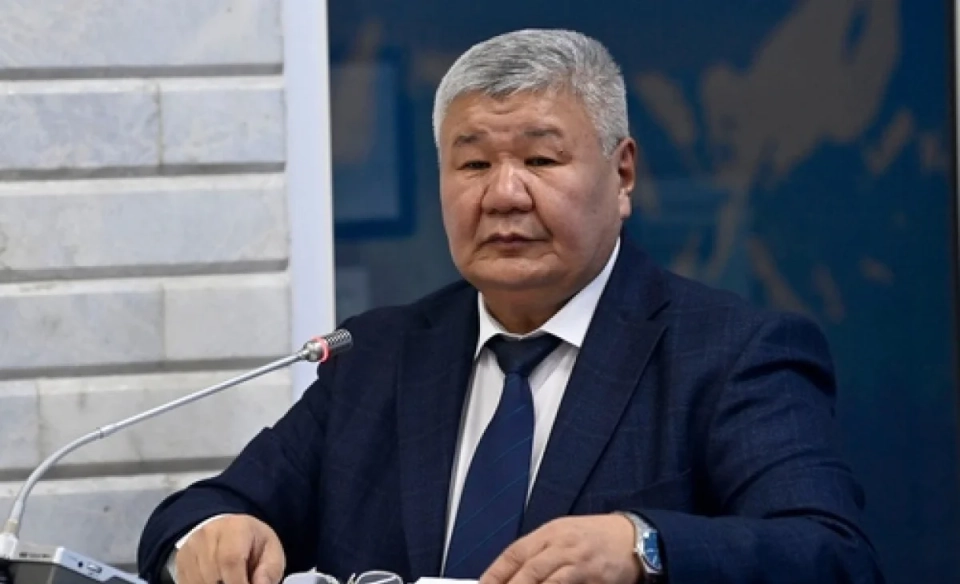
A tender for the construction of the power transmission line "Tamga - Karakol," which...
Today, the first meeting of the Council of Ministers of Trade and Investment of Central Asian...

Berkut Status: VI category, Near Threatened, NT: R. One of four species of the genus in the fauna...

Chuy Ostroluchka Status: 2 [CR: C]. Possibly already extinct in Kyrgyzstan, an endemic...

Starting from December 5, 2025, Asman Airlines will begin regular direct flights from Almaty to...

Issyk-Kul Marinka Status: 2 [EN: D]. A rare taxon inhabiting Lake Issyk-Kul. Its...
As part of the investigation conducted by the Ministry of Internal Affairs, signs of the activities...
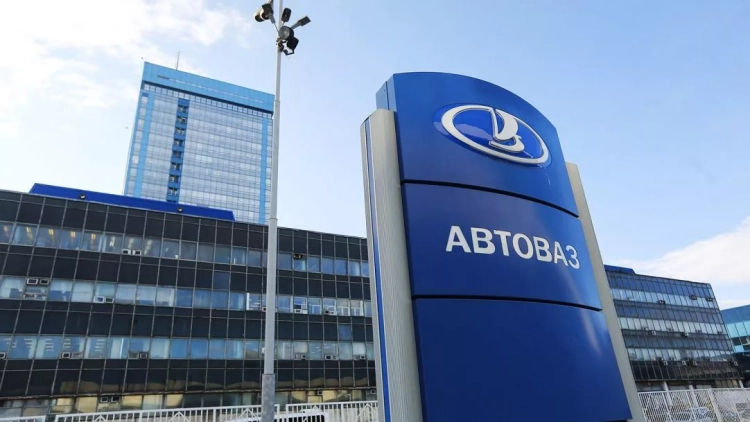
According to the press service of Central Asia Capital, a memorandum for the establishment of the...

With the help of the Ombudsman, a 17-year-old girl was able to retrieve her documents from a...
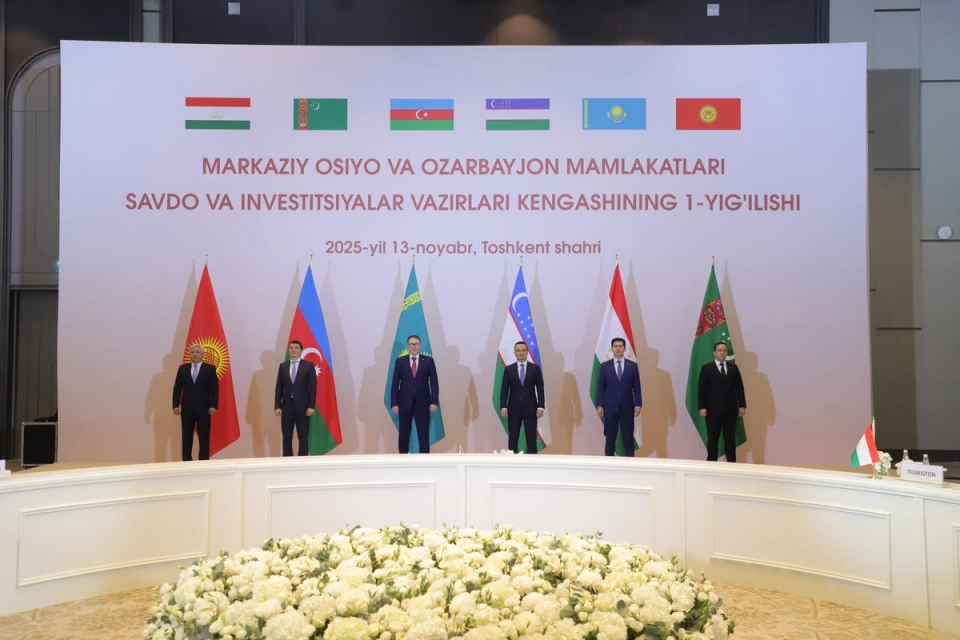
At the first meeting of the ministers of trade and investment of Central Asia and Azerbaijan,...

Great Black-headed Gull Status: VI, Near Threatened, NT: R. One of 6 species of the genus in the...

Arstanbek BOYLOSH (BUYLASH) UULU (1824—1878) — one of the prominent thinkers and poets of the...

Menzbier’s marmot Status: V category, Vulnerable, VUB1+2c. Rare species. Endemic to the Western...

The Industry of Kyrgyzstan in the Territory of Turkestan In the early 1890s, intensive exploration...
[img]http://vesti.kg/dаta:image/svg+xml;base64,PHN2ZyB4bWxucz0iaHR0cDovL3d3dy53My5vcmcvMjAwM...

Slender-billed Curlew Status: III category, Critically Endangered, CR, C2a(ii); D. One of 3...
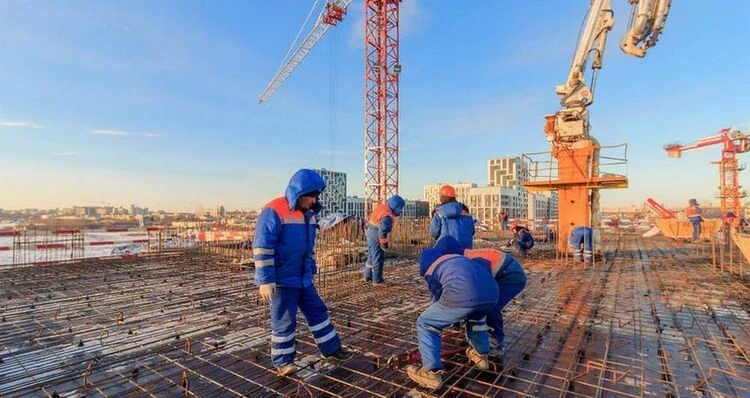
Image from the internet The Ministry of Construction, Architecture, and Housing and Communal...

Aral Barbel Status: 2 [CR: C]. Species extinct in Kyrgyzstan....

Kasybekov Erkinbek Shaktybekovich (1963), Doctor of Biological Sciences (2002) Kyrgyz. Born in...

Osprey Status: Category VII, Least Concern, LC. A representative of a monotypic family and genus...

Transfer of the District Administration from Tokmak to Pishpek There is also information about the...
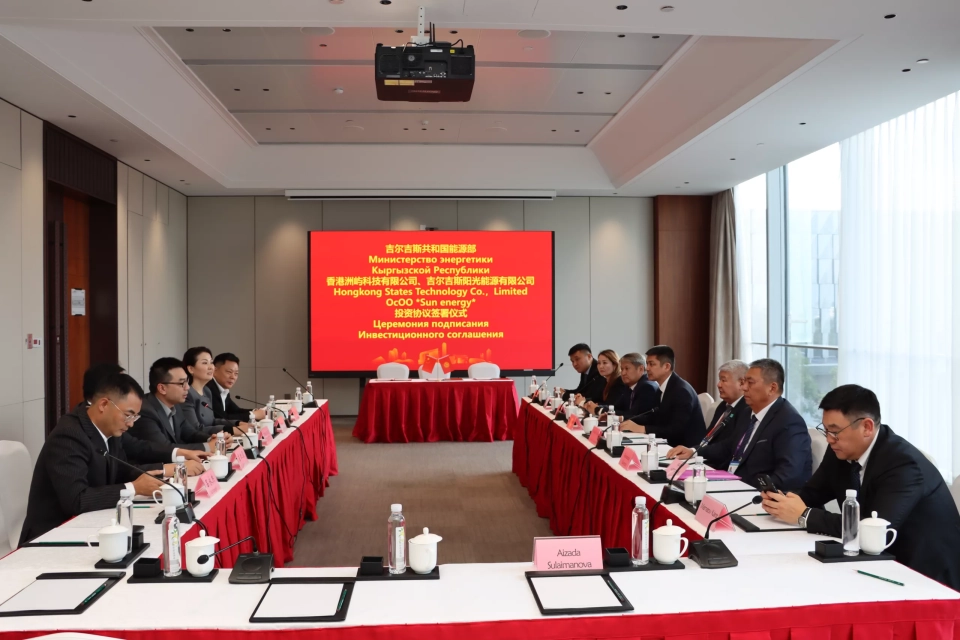
At the International Forum held in the Chinese city of Suzhou, an Investment Agreement was signed...

Noble deer (Tien Shan subspecies), Maral Status: Category IV, Endangered, EN C2a(i): R. A sharply...